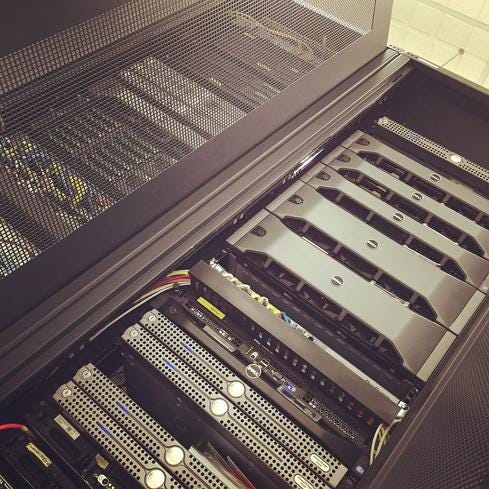Microsoft Azure Updates Target Developers, Partners
Microsoft is looking to make Azure more appealing to its community of developers and channel partners as way of countering AWS and Google.


7 Ways To Kill Data Center Efficiency
7 Ways To Kill Data Center Efficiency (Click image for larger view and slideshow.)
Microsoft is kicking off its Worldwide Partners Conference in Orlando, Fla., July 13 by doling out a bunch of Azure cloud goodies for the developers and channel partners in attendance this week.
As Azure struggles to differentiate itself from Amazon's AWS platform and Google's Web offerings, Microsoft seems to be leveraging its past acceptance in the enterprise developer and channel community to move its cloud computing strategy forward.
That strategy emphasizes hybrid cloud computing, which combines different aspects of public and private clouds. One of the major tools in this strategy is Azure Site Recovery (ASR). It allows the replication of existing AWS or VMware workloads in Azure.
Gurav Daga, Microsoft's ASR program manager, put it this way in a statement: "ASR, with its ability to protect Hyper-V or VMware virtual machines and physical machines, is a unified solution for workload-aware disaster recovery and protection of your heterogeneous and hybrid IT environments."
It seems that Microsoft is also trying to make Azure migration simple with this "recovery" tool, which is able to suck up your existing workload configuration into Azure, regardless of the form or current vendor.
Microsoft will also bring Azure inside a data center with the Azure Cloud Stack.
ACS will integrate IaaS and PaaS services into the data center. The goal is to blend existing enterprise applications, such as SQL Server, SharePoint, and Exchange, with modern distributed applications and services. The idea here is to use legacy software in an extended way, and not to discard it.
One major tool being released for preview on Monday is Azure Data Catalog. This is a collaborative tool for all stakeholders that registers data sources, which it can annotate. The annotations are visible to other collaborators. Registration extracts the structural metadata from the data source and stores it in the cloud-based Catalog, while the data itself remains in the data source.
[Read about Microsoft's upgrades for Power BI.]
Connections and consumption of the cataloged data can then be done with tools that are already in use, without making people learn new ones. This will be a boon to the corporate Excel jockeys everywhere.
Azure Batch is another interesting tool for performing enterprise tasks. Scheduling of these tasks is done as a managed service. It starts as a pool of virtual machines (VMs), installs applications, and stages data. It will run jobs with as many tasks as are required. It also identifies failures and will resend work to the queue. Batch can also scale down the pool as work completes.
Batch seems a useful and comprehensive service tool for real-life situations. By being responsive to changes in the work flow, it automates what was a mostly manual and aggravating process.
Microsoft may be onto something big here. It is giving for the first time some practical reasons for the enterprise to consider using what Microsoft provides. Now it just has to deliver on its promises.
About the Author
You May Also Like






